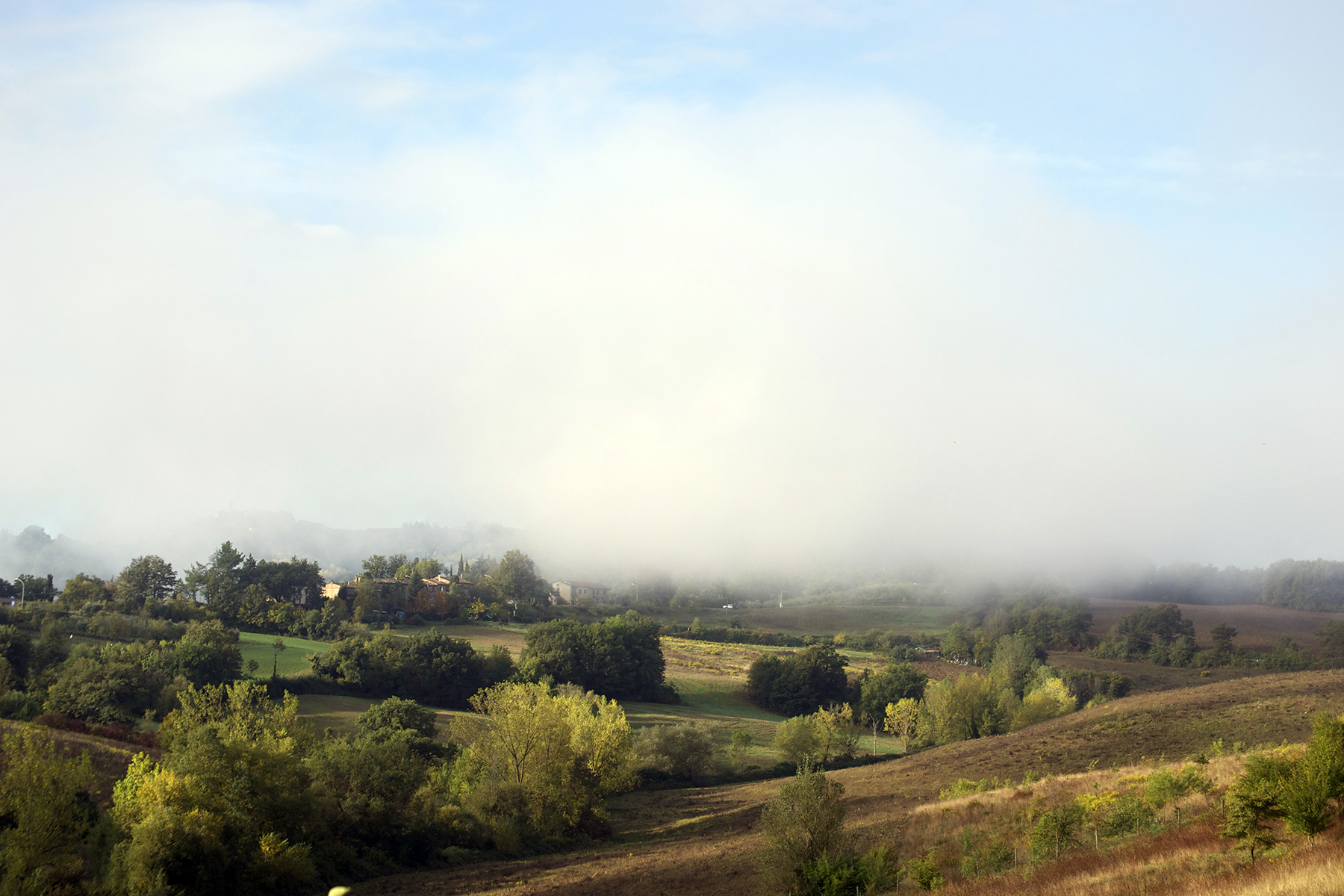Sometimes a piece of writing makes me drool. This, for example:
“The piece of music I have in mind lasts only forty-five seconds, which is shockingly brief measured against the inner world it evokes. In what I now know is a fragmentary motif, a few lowing bass notes rise like bubbles from the bottom of a pool, becoming increasingly ragged as they approach the surface. They get close enough to one another to imply melancholy harmony before they dissipate. The riff repeats only once, a little more achingly. Then the bass hands its figurative duties over to a dulcimer, whose jaunty fatalism carries the mood forward even as a more deliberate structure begins to eat away at the oceanic resonance of those bass notes. As the bass recedes into a supporting role, providing squiggly accents at odd intervals, a mental image slides back into inaccessibility too. In my memory, the soundtrack, by Henny Vrienten, to George Sluizer’s 1988 film The Vanishing, was an expanse of fretless bass only, mournful and spare, diaphanous and purplish, like neon light filtered through glass bricks. I feel a spasm of disappointment in realizing its magic is more contained than I recalled, that the film’s music on the whole is not remarkable enough to justify a soundtrack album in which I could wallow between viewings.”

Jaunty fatalism, oceanic resonance…. now wouldn’t you have liked to coin those terms? The short essay goes on to describe the actual affinity to The Vanishing beyond loving the introductory music: a longing for time spent without supervision, without fulfilling expectations of constant busyness, of “a reflexive drive to busyness defined my experience of free time as a terrifying void to be filled, a wish for blithe indifference to the internalized requirements of managerial bureaucracy,”(another winner!) (The film refers to a young French couple going on vacation before crisis erupts, evoking French cinematic history of all those aimless hours spent in Provençal town squares and at Mediterranean beaches.)



Loitering, in other words, seems to be a thing of the past. And even if you manage to take a bit or a lot of time off work, the space that opens is filled with: sound. Books on Tape at the elliptical. Music in your headphones while doing routine tasks like ironing or the dishes, or folding the laundry or cooking. Podcasts while taking a walk. I think the last one irks me the most – how are you going to hear yourself think, which is what walking allows you to do in the most effective ways possible? Never mind being connected to the soundtrack of nature that happens during walks in the woods, or connected to humanity which happen if you walk the city? From the New Yorker essay, linked above:
There, it becomes apparent that writing and walking are extremely similar feats, equal parts physical and mental. When we choose a path through a city or forest, our brain must survey the surrounding environment, construct a mental map of the world, settle on a way forward, and translate that plan into a series of footsteps. Likewise, writing forces the brain to review its own landscape, plot a course through that mental terrain, and transcribe the resulting trail of thoughts by guiding the hands. Walking organizes the world around us; writing organizes our thoughts.

Writing might organize the thoughts, but walking actually improves the content of them – there are numerous studies now that show that creativity and problem solving is enhanced because of free floating attention and spurious environmental stimulation during walks. That will not happen if your attention is focused on following Chris Hayes’ arguments.
Another way of looking at it:
On my afternoon walk I would fain forget all my morning occupations and my obligations to society. But it sometimes happens that I cannot easily shake off the village…What business have I in the woods, if I am thinking of something other than the woods?
Henry David Thoreau, 1862, in an essay entitled “Walking”

I, personally, hold it with Virginia Woolf and spend my afternoon in solitary trampling. That description is as sound as it gets.

If you don’t have time or have trouble walking, then listen to this: Mendelsohn’s music here was inspired by hiking the Hebrides.

Photographs are from the Tuscany countryside. As close to dolce far niente as I’ve been on my journeys.






